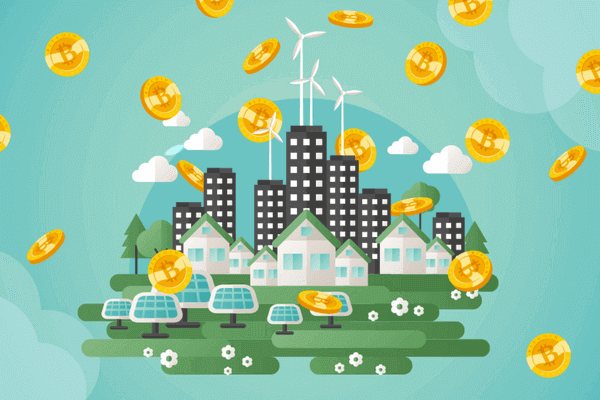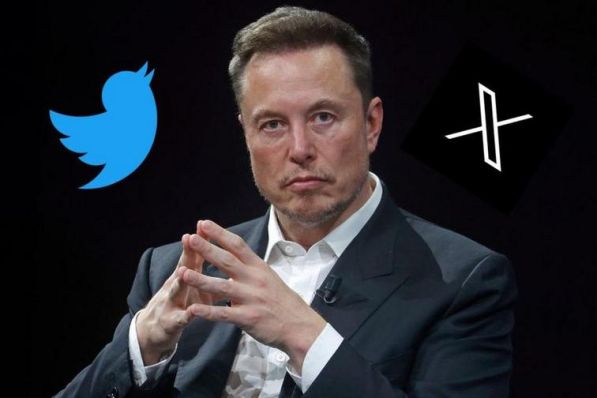Blockchain technology has the potential to help reverse climate change and support the United Nations satisfaction goals, and blockchain can help with global warming problems. Up until now, people have never faced a challenge that threatens their very existence, excluding the constant nuclear threat.
For years now, the Intergovernmental Panel on Climate Change (IPCC) has warned the public of the dangers of global temperature change. In its most recent report from April, the IPCC stated that in order to meet goals set out in The Paris Agreement, we need to reach peak worldwide emissions by 2025.
Climbing temperatures, in contrast to what environment deniers believe, are not only caused by ordinary elements. Several studies have connected several human activities with a variety of cataclysmic events. For example, droughts, rising ocean levels, biodiversity loss, and starvation in the most impacted areas.
At a time when the world is struggling to meet emissions targets, blockchain technology could play a vital role in furthering environmental management. One of the key issues here is the lack of trust in data shared by different nations – with some countries being particularly reluctant to share information openly and transparently.
Blockchain technology may be used to address this problem. Because blockchain is a decentralized computerized record book made up of blocks where data is kept safe due to a cryptographic foundation, it’s impossible for the information to be altered or modified by others. Blockchain innovation is seen as especially promising in the area of environmental governance because of its potential to enhance trust between organizations.
For example, it might be implemented to reduce and manage ozone-destroying emissions. The IoT may include brilliant sensors that calculate the amount of ozone-depleting substances being emitted from the world’s largest polluted cities.
Additional development of such a hypothesis would enhance the monitoring and detailing of ozone-depleting emissions. Encouraging simplicity and information security are critical in this context. With present carbon capture systems, an estimation is conceivable. In light of sustainable power sources, this innovation has the potential to assist in the transition toward a green economy.
Related Posts





